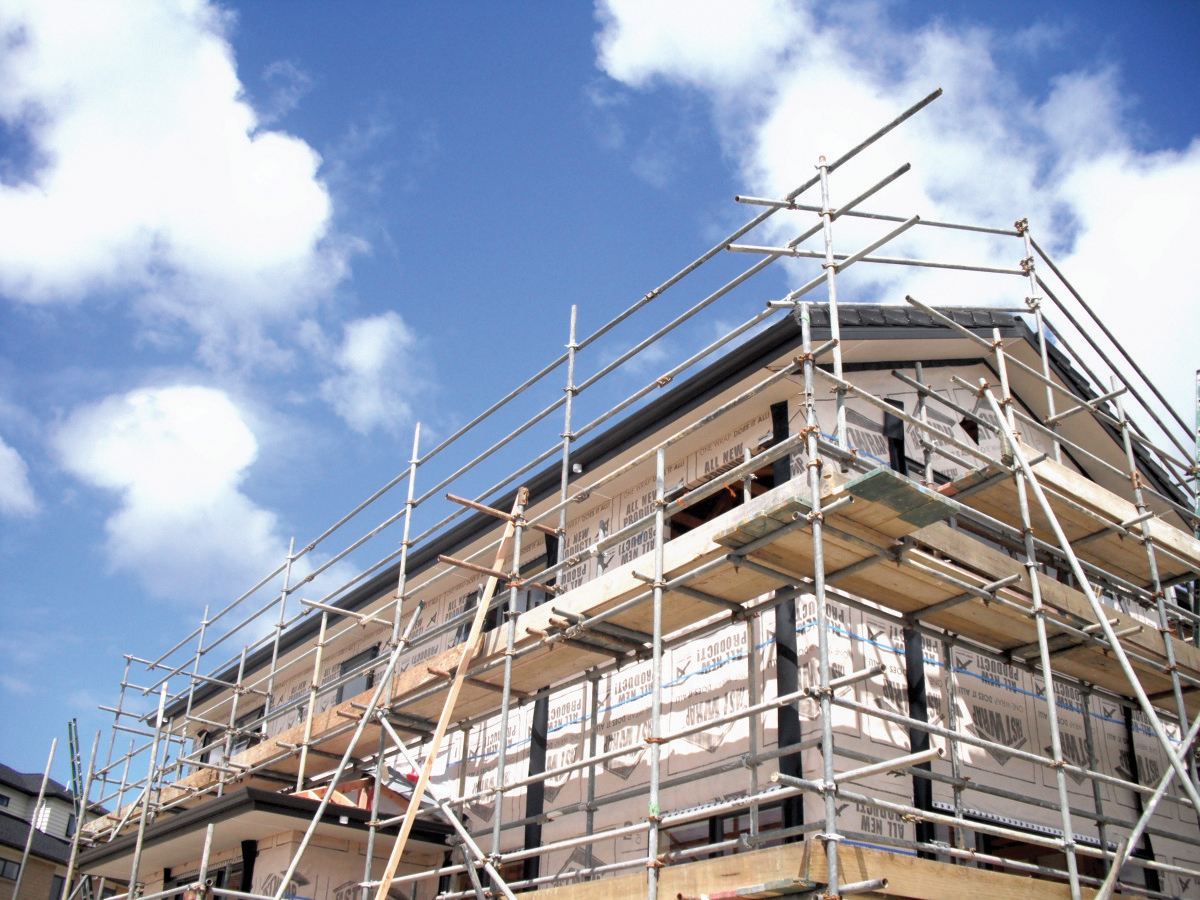Leaders in safe practice
02 Jul 2013, Prove Your Know How, Safety

Eighteen months ago, a residential build with full scaffolding stuck out like a sore thumb – now the opposite is true. Health and safety inspectors say that these days, it’s the construction sites without scaffolding that stand out.
While out completing assessments and investigations, inspectors are keeping an eye out for those companies that are leading the way in height safety.
The Ministry of Business, Innovation and Employment (MBIE) has been capturing these good practice stories, and are publishing case studies such as the one below on its campaign website to demonstrate how height safety is becoming business as usual.
Case study 1
Continuous Spouting: Roofing contractor
Builders aren’t the only workers affected by the push for greater safety when working at height. Tradespeople such as roofers, spouting and fascia installers and painters all work at height on residential builds and many are noticing a change for the better – with improved safety and installation times.
John Cameron, operations manager at Continuous Spouting in Auckland, says the increased use of scaffolding on new builds has made access to the work easier, while saving his workers hours on the job.
“Where scaffolding has beensupplied for our installations, productivity has increased by about 60%,” says John.
“Historically, we use ladders in most cases; with the scaffolding, access to the work areas is made so much easier.”
Continuous Spouting is also in the process of developing a safety policy that addresses work at height.
“Approved access systems such as scaffolds and/or Elevated Work Platforms (EWPs) will be adopted as a preference. This is to ensure we comply with our obligations to provide a safe work environment for our sub-contractors and employees and to increase productivity and efficiency of work.
“The response from our workers has been largely positive. However, there can sometimes be resistance due to having to compete with other companies who do not have the same values in providing safe work environments.”
Case study 2
BJ Carter: builder
BJ Carter is a small construction company that’s taken big steps to improve its health and safety systems. Owner James Carter has invested in a health and safety programme for his staff that has everyone thinking about safety before they get on the job.
The guys at BJ Carter have been erecting parts of the build on the ground and craning them into place, with improved efficiency and safety benefits. James has also invested in scaffolding, which is now used on every job, and he says the decision is paying off.
“We wanted to be leaders in what we’re doing but we’ve actually found out that it’s more efficient,” he says.
“In a lot of cases, we’re saving up to 20% on labour. We’re scaffolding up off the ground from 1500–1800mm, so we can do the fascia and everything off the scaffold. Then the painters are using it while they’re there. It’s saving us days.”
“We’ve also done a couple of projects where we’ve built the floors on the ground and craned them into place, even on residential properties. We built the second storey on the ground and had them craned up, and that was exactly the same – more efficient and it gets the guys off the frames.”
Since the release of the Best Practice Guidelines for Working at Height, debate has focused on the cost of scaffolding and what it means for businesses. BJ Carter has found that the investment has been offset by productivity gains.
“It’s costing us less than 50% on small, fast jobs. Even on new builds, the scaffolding is saving us about a week in some cases.”
“On a job we did the other day, there was about $3,500 worth of scaffolding used. In theory, that’s only costing us about $1,000.”
This is good news for small business owners concerned with rising costs. Improved health and safety systems have added some costs to BJ Carter, but James says it’s worth it.
“All my guys are saying it’s far more efficient. They feel safe on the roofs and they’re able to work a lot faster.I wouldn’t have believed that until we started using it.”
James has also introduced the ‘take five’ process – actually taking five minutes to think about the job you’re about to do – and has worked with Site Safe to create a health and safety programme that works for his team. James puts the cost of this at around $50-$100 a head (for ten guys) – but it’s paying off at the other end.
“After introducing ‘take five’, the guys are actually thinking about the job before they do it. That’s actually made them more efficient because they’re having to plan out their day.”
There’s heightened awareness of health and safety issues in the industry and the team at BJ Carter is taking it very seriously. This gives James confidence that the market will even out in about six months, with everyone pricing jobs to include scaffolding to create a level playing field.
“I think we’re far more aware of health and safety now than we’ve ever been. It’s the biggest thing affecting the construction industry at the moment.”
“Even though everybody’s saying ‘all it will do is cost more money’, I’m sure it will increase productivity. Everybody’s just starting to think a bit smarter.”
Register to earn LBP Points Sign in



